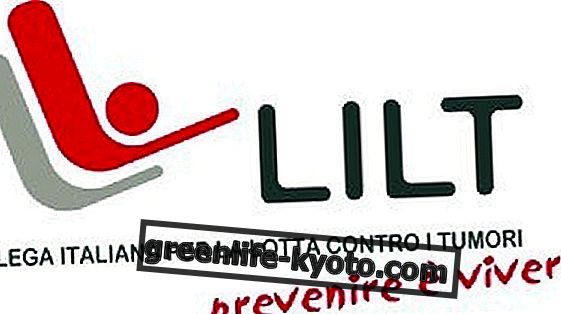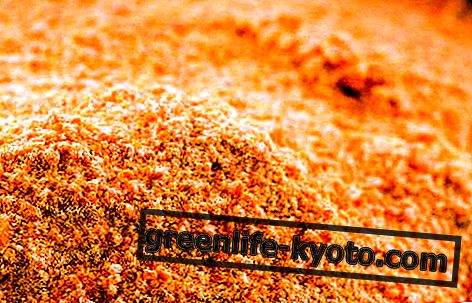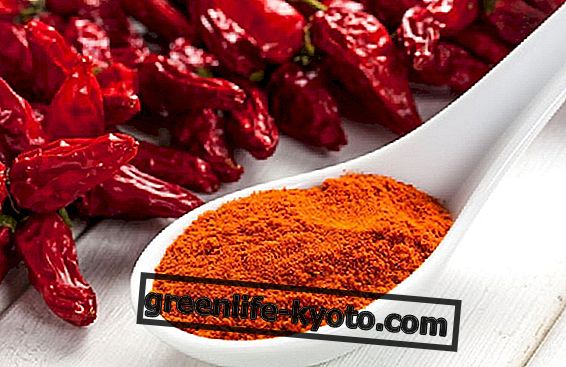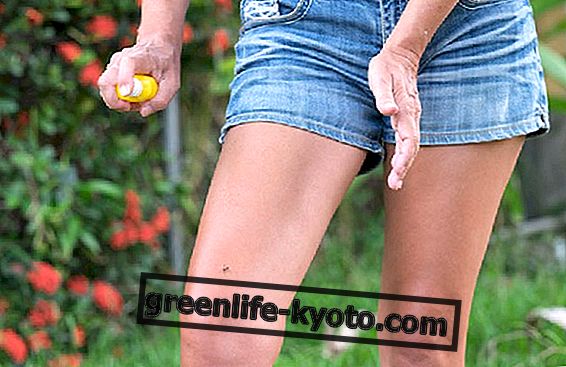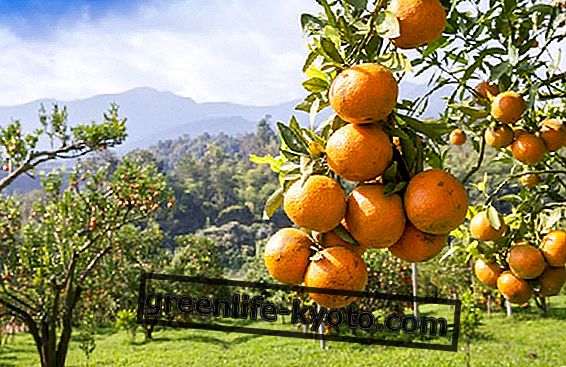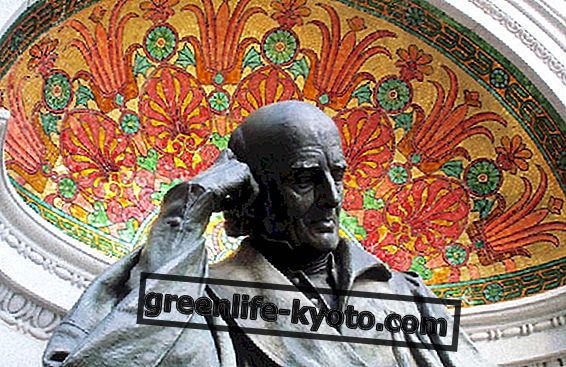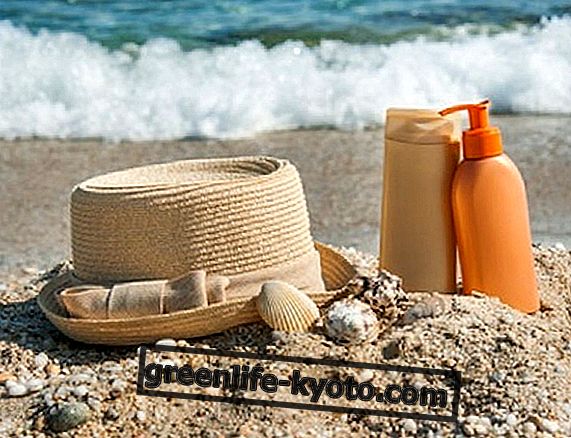
WHAT IS THE PILATES METHOD?
HISTORY
Joseph Hubertus Pilates was born near Dusseldorf in Germany in 1880. An infirm boy suffering from asthma, rickets and rheumatic fever, devotes his entire life to physical training to become stronger. During his youth, Pilates becomes a skilled bodybuilder, diver, skier and gymnast. In 1912 he moved to England where he worked as a boxer. With the outbreak of World War I, Pilates serves the army in Lancaster and later in the Isle of Man, working as a nurse and teaching physical activity to other soldiers. His training method was acclaimed when no soldiers fell ill during a flu epidemic that crushed the lives of a thousand people. After the war, Pilates continued to teach his fitness programs in Hamburg, where he worked for the Municipal Police. In 1926 he decided to move to America and on the transatlantic ship to New York he met his future wife Clara.
Shortly after his arrival in New York, Joseph settled in a studio at 939 Eighth Avenue. By the 1940s, Joseph became known within the New York dance community. "At one point" reads a February 1956 article in the Dance magazine, "almost every dancer in New York and certainly everyone who studied with him humbly submitted to the education of Joseph Pilates."
By the 1960s, the Pilates spouses had a number of New York dancers among their customers. The choreographer George Balanchine trained from "Joe", as the Pilates studio was nicknamed, and invited the latter to instruct his youth in the New York City Ballet.
During his life, Joe never took the initiative to patent his method, nor record the method under his name, nor any other action to make Pilates a commercial property required. At the time of the death of Joseph Pilates in 1967, his method was not very well known apart from a small group of dancers, actors and wealthy clients who trained at his studio. Joseph believed passionately in his work and hoped that every school could teach it. He dreamed that one day the word Pilates would be known in every home. "I am 50 years ahead of my time, " he said. currently over 5 million people practice Pilates and this number is still growing.
THE BENEFITS OF PILATES
The Pilates method is an exceptional discipline for physical exercise: it relaxes and strengthens the muscles and improves elasticity, balance, breathing, posture and alignment. Get used to recognizing your strengths and identifying weaknesses, providing the tools to correct them. With this method, the whole organism gains strength and balance. Pilates aims to strengthen the body's center through the use of abdominal muscles and deep musculature. Pilates also promotes concentration, progressively improves the general level of awareness, coordination and alignment.
Pilates is a method designed to be combined with other disciplines because it strengthens, balances and realigns the body while also improving awareness of one's body and thus reducing the risk of injury or traumatic events, so frequent in other forms of motor activity. In reality it is advisable to practice Pilates to supplement other types of exercise, not to replace them: even the most frequent Pilates practitioner would do better to include some cardiovascular exercise in his weekly program. Finally, since all the exercises can be modified according to individual needs, one of the most interesting aspects of Pilates is that it is suitable for everyone, regardless of age, build or training conditions. It also does extremely well for those who have never followed a gymnastic program and those who want to recover after an accident.
THE PRINCIPLES OF THE TECHNIQUE
The Pilates technique is divided into two categories: mat work (work on a mat) and work on machines . Like the Yoga discipline, it can be taught in many different forms, but despite the many variations of the exercises and the technique we can list the following principles as the eight principles of the Pilates Technique:
1) Concentration: The mind body task of this technique is to reject all other thoughts while remaining focused on movement, to think before moving.
2) Breathing: Breath covers a large part of this technique. The basic rule is to exhale when the effort is greatest. It is the most complex and difficult part to perfect.
3) Research of the center: The thorax and the back are the points of greatest attention. To sit properly we need to improve our balance or find the center of the chest area. In exercises based on the Pilates method, the center of the chest is the "Power House" (it corresponds in front of the 3rd / 4th lumbar vertebra, behind the navel. Each exercise is controlled by the contraction of the muscles of the abdomen.
4) Control: Work against the force of gravity in exercises based on the Pilates technique strengthens the body; the slower the movement, the more strength develops, the more muscle fibers are stressed.
5) Accuracy: for beginners putting the body in certain precise positions can be difficult, but the habit of the technique leads to greater control of the movement and therefore a more exact execution of the exercise. Movement cleaning is also linked to repetition.
6) Fluidity of movement: The exercises based on the Pilates method are characterized by continuous movement, at the same speed throughout the cycle and amplitude of the movement. The movement is not broken and is harmonized with breathing.
7) Isolation: The exercises based on the Pilates method give a different challenge to each individual because each body type is different and each alignment mode develops a different strength, so we have different strengths and weaknesses. The educational side of the technique leads to learning and knowing the structure of our body, and through the balancing effects of the technique, to develop greater control in isolating the different muscle groups.
8) Repetition: With repetition and frequency there is an improvement in the ability to perform.
